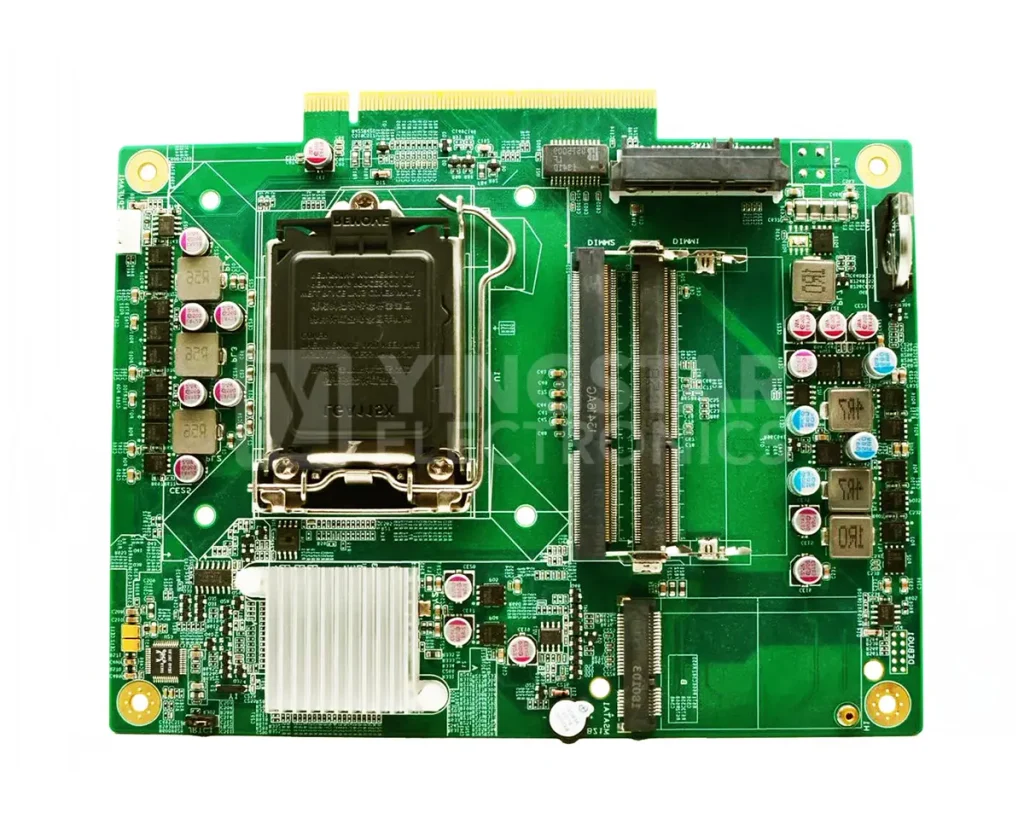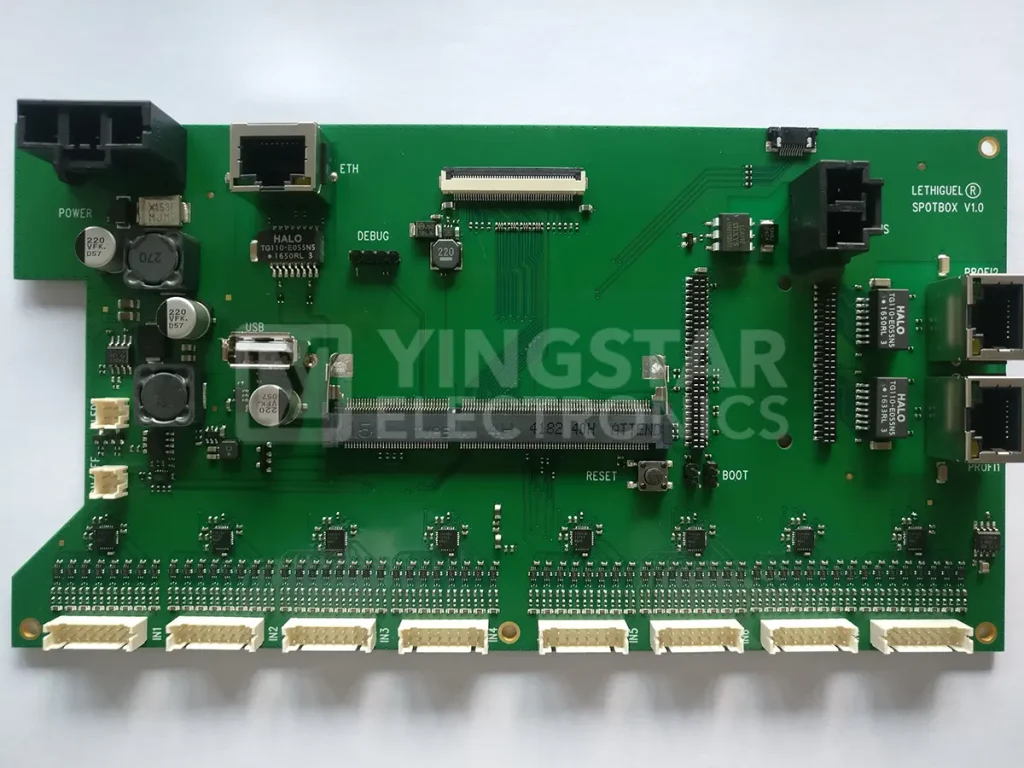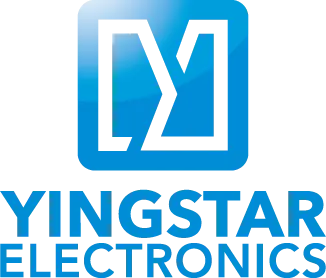Industrial control
Home » Industrial control
The criteria for industrial PCB Assembly are becoming more demanding in order to allow engineers to design factory equipment that complies with varied performance requirements. Many individuals believe that a circuit board is simply a circuit board and that there is no variation in the way it executes programmes and functions in various settings. But this is obviously incorrect.
An industrial PCBA, often referred to as an industrial control board or industrial pcb assembly, is a circuit board created for use in industrial machinery that must endure shock, vibration, extremely high or low temperatures, humidity, and dust. In the industrial control sector, a variety of processes are carried out using this PCBA. It is intended to compactly configure a project’s circuit, enabling correct current flow along the necessary channel and improving product performance. These boards are also essential elements of industrial control projects and machinery, aiding in the measurement and configuration of a number of assembly line characteristics and the acquisition of precise physical quantities.
Yingstar is your best bet if you want to get industrial PCBA boards with high quality and at costs that are affordable for you. We are a turnkey industrial PCB assembly factory that was founded in Shenzhen, China in 2012. During the past 10 years, we have provided our services to hundreds of businesses both in China and around the world. Our manufacturing services are not restricted to just PCB and PCBA; in addition, we can carry out any unique needs, rework, or revisions that are desired by our clients to their complete satisfaction. Because of our commitment to our job and the professionalism with which we approach it, several of the most reputable manufacturers in the industrial sector have acknowledged our contributions.


We specialize in the fabrication of multi-layer industrial PCBs and offer comprehensive industrial PCB assembly services. Our procedure begins with a user-sent file or Gerber. After obtaining this file, our engineers evaluate and establish the manufacturing process for creating industrial PCB boards and industrial PCBAs for industrial control boards by utilizing various technologies. Customers can utilize Yingstar for basic to complex projects, small-batch to high-volume PCB assembly, and startups to industrial giants. Our team of specialists executes projects with the assistance of 1V1 project managers, and procurement, engineering, manufacturing, and quality control teams.
Industrial Standards for Industrial PCB Assembly:
- Industrial SIL: Safety Integrity Level, which gauges SIS safety performance.
- IEC 61511: A process industry standard for safety instrumented systems (SIS) definition, design, installation, operation, and maintenance.
- IPC-6012: Covers rigid printed circuit board qualification and performance, including a base material, conductor configuration, hole requirements, surface and internal conductors, and labeling.
- IPC-2221: Layout, trace width, and spacing, via dimensions, and other design standards for printed circuit boards.
- UL 94: Tests electronic equipment plastics for flammability. These PCBs are flame-retardant.
- Industrial PCBs must conform with RoHS, which prohibits the use of six hazardous chemicals in electronic and electrical equipment.
Industrial PCBAs Design Considerations:
Component Placement
When creating industrial PCBs for industrial control systems, component placement on the board layout is crucial. The durability and functionality of a product may suffer if its components are installed incorrectly. Components must be put on the PCB board with at least 100 mils of clearance around all sides. This clearance must be ensured during the board’s design phase. This guarantees uniformity in the dimensions of the board and the holes in which it is mounted.
EMI & RFI
EMI and RFI can produce noise and disturb PCBA operation in industrial applications, hence they must be minimized. Yingstar offers numerous methods:
Board layout: To lessen the chance of noise coupling, keep signal traces away from power and ground planes and isolate high-frequency circuits from low-frequency circuits. To reduce the impedance of the power network, signal traces should be as short as possible while ground and power planes should be as big as possible and routed with low inductance hole connections.
Filtering components: To remove unwanted noise from power and signal lines, add filtering components like capacitors and inductors.
Grounding and Shielding: Use Faraday cages to enclose delicate components in order to block EMI and RFI using grounding and shielding techniques.
Component Choosing: Pick components for your circuit board that have excellent grounding and shielding. To avoid undesirable signal coupling, connect the board to external components using shielded wires.
Industrial Control PCB Material Selection
The selection of industrial PCB materials is crucial and must be founded on the specific working environment. Industrial PCB materials must be able to withstand extreme temperatures, humidity, vibration, and chemical exposure. The following materials are frequently used for industrial PCB assembly:
Polyimide: Used in aerospace, military, and high-temperature industrial control applications, polyimide can endure 400°C.
Ceramic: Ceramic PCBs have ceramic substrates and metal traces. They can withstand high temperatures and strong chemicals. High-frequency and power electronics employ them.
PTFE: Polytetrafluoroethylene (PTFE) is a fluoropolymer with outstanding electrical insulating qualities that can tolerate temperatures up to 260°C. High-frequency, microwave, and harsh chemical applications use it.
FR-4: Woven fiberglass cloth and epoxy resin are the most prevalent materials for general and industrial PCBs. High-temperature and chemical-resistant FR4 PCB provides superior electrical insulation.
Contact Yingstar today and find out why thousands of engineers rely on us for their industrial PCB assembly projects.


